Peruvian panther pleco - Hypancistrus sp. L174
Scientific name: Hypancistrus sp. L174
Common name: Peruvian panther pleco
Family: Loricariidae
Usual size in fish tanks: 7 - 9 cm (2.76 - 3.54 inch)
014
Recommended pH range: 6 - 7.5
Recommended water hardness: 2 - 12°N (35.71 - 214.29ppm)
0°C 32°F30°C 86°F
Recommended temperature range: 26 - 30 °C (78.8 - 86°F)
The way how these fish reproduce: Spawning
Where the species comes from: South America
Temperament to its own species: peaceful to females
Temperament toward other fish species: peaceful
Usual place in the tank: Bottom levels
General Information
Hypancistrus sp. L174—often traded as the “Peruvian Panther/Ocelot” pleco—is in fact a Brazilian species from the Rio Xingu (Pará). In 2025 it was formally described as Hypancistrus yudja. This is a small, streaked/spotted Hypancistrus reaching about 7–9 cm SL, peaceful toward other species but territorial toward conspecific males. It requires warm, highly oxygenated, fast-flowing conditions with abundant hiding places. (The trade name “Peruvian” is misleading; the origin is the Xingu, Brazil.)
Food & Feeding
Hypancistrus are primarily carnivorous/omnivorous loricariid catfish. Use high-quality sinking pellets formulated for carnivorous loricariids as the staple and rotate frozen/live foods (Artemia, krill, mysis, finely chopped shrimp). Also include a small amount of spirulina or algae tablets. Feed in small portions under subdued lighting; persistent leftovers will degrade water quality.
Sexing
Males develop more pronounced odontodes (“bristles”) along the flanks and on the pectoral fins, have a broader head, and often show a more defined pattern; females are fuller-bodied. Sexing juveniles offered for sale is generally unreliable.
Breeding
Cave spawner with paternal care. Provide multiple narrow caves/tubes (ceramic, slate), strong current, and high oxygenation. The female lays small clutches (~10–20 eggs); the male fans and guards them. At 28–30 °C the eggs typically hatch in 4–7 days; fry with yolk sacs remain in the cave for about a week. Once free-swimming, start with micro-foods and freshly hatched brine shrimp. Breeding successes in the hobby are documented but require excellent stability, oxygen, and filtration.
Lifespan
Typically 10–15 years in stable, clean systems with warm, fast-flowing water.
Tank Requirements & Water Parameters
- Tank size: a group of 1 ♂ 2–3 ♀ or a small harem from 75–90 cm length (≥120 L); add extra hides and space for multiple males.
- Temperature: 26–30 °C (short-term up to ~32 °C with excellent aeration).
- pH: 6.0–7.5 (slightly acidic to neutral; stability is key).
- Hardness: prefers soft to medium water (~2–12 °dH).
- Environment: sand/smooth fine gravel, plenty of caves, boulders and wood; strong flow and high oxygenation (powerhead, spray bar). Sensitive to elevated NO3 and low O2.
- Maintenance: weekly 30–40 % water changes and regular filter service; avoid abrupt parameter swings.
Compatibility & Tank Mates
Peaceful toward other species; suitable companions include calm mid-/upper-water tetras and rasboras, small rainbowfish, and Corydoras. Between males of the same species expect territorial squabbles—providing more caves than individuals helps.
Behaviour & Usual Place in the Tank
Nocturnal/crepuscular bottom dweller; hides by day, then after lights-out actively patrols rock surfaces and cave entrances.
Short Description
L174 is a small, patterned Hypancistrus from the fast-flowing Rio Xingu (Brazil). Keep it in warm, highly oxygenated water with strong current and abundant caves; feed a predominantly meaty diet. In trade it appears as “Panther/Ocelot/Leopard Zebra Pleco”; it is not a Peruvian species and is not the Zebra Pleco L046.
Pictures
Bought by aqua-fish.net from jjphoto.dk. One picture was provided by Joe.




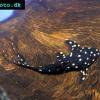 Adonis
Adonis  Lyre
Lyre 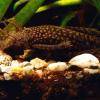 Bristlenose
Bristlenose  Gold
Gold 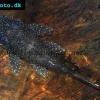 Bushymouth
Bushymouth 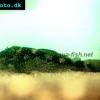 Spotted
Spotted  Medusa
Medusa 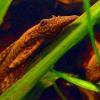 Bristlenose
Bristlenose 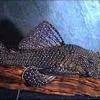 Starlight
Starlight  Spotted
Spotted  Catfish
Catfish  Bushynose
Bushynose 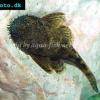 Bristlenose
Bristlenose  Green
Green 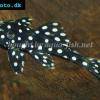 LDA-33
LDA-33 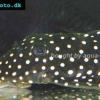 Snowflake
Snowflake 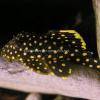 Gold
Gold 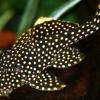 Gold
Gold 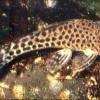 Bulldog
Bulldog  Dasyloricaria
Dasyloricaria 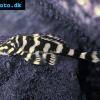 Butterfly
Butterfly 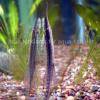 Whiptail
Whiptail 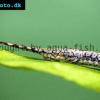 Amazon
Amazon 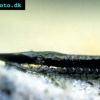 Twig
Twig 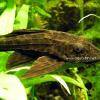 Spotted
Spotted 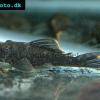 Spotted
Spotted 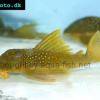 Lemon
Lemon 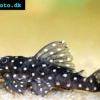 Pleco
Pleco 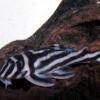 Zebra
Zebra  Pleco
Pleco 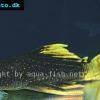 Hypostomus
Hypostomus 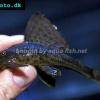 Pleco
Pleco  Suckermouth
Suckermouth  Spotted
Spotted  Woodeating
Woodeating 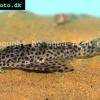 Golden
Golden  Sultan
Sultan  Multiradiatus
Multiradiatus 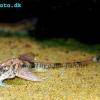 Marbled
Marbled 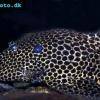 Pleco
Pleco 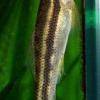 Dwarf
Dwarf  Dwarf
Dwarf  Dwarf
Dwarf  Oxyropsis
Oxyropsis 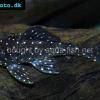 Orange
Orange  Blue
Blue 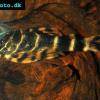 Clown
Clown 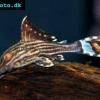 Royal
Royal  Blue
Blue 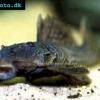 Rubber
Rubber  Goby
Goby 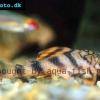 Wormline
Wormline 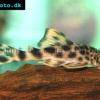 Para
Para 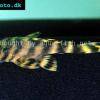 Tiger
Tiger 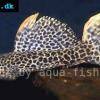 Leopard
Leopard 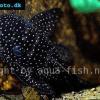 Spiny
Spiny  Marbled
Marbled 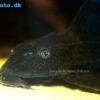 Amazon
Amazon 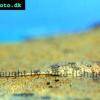 Common
Common  Sunshine
Sunshine 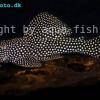 Golden
Golden